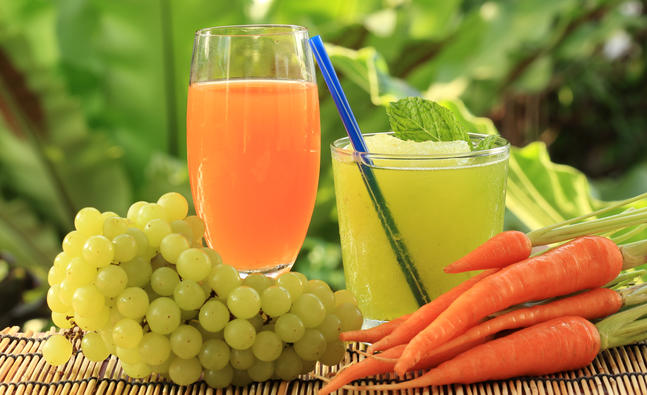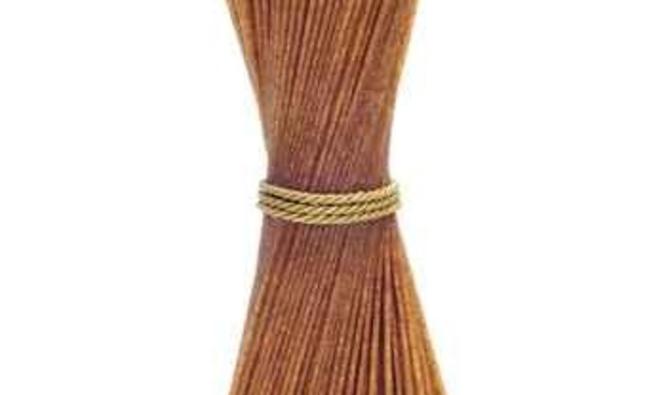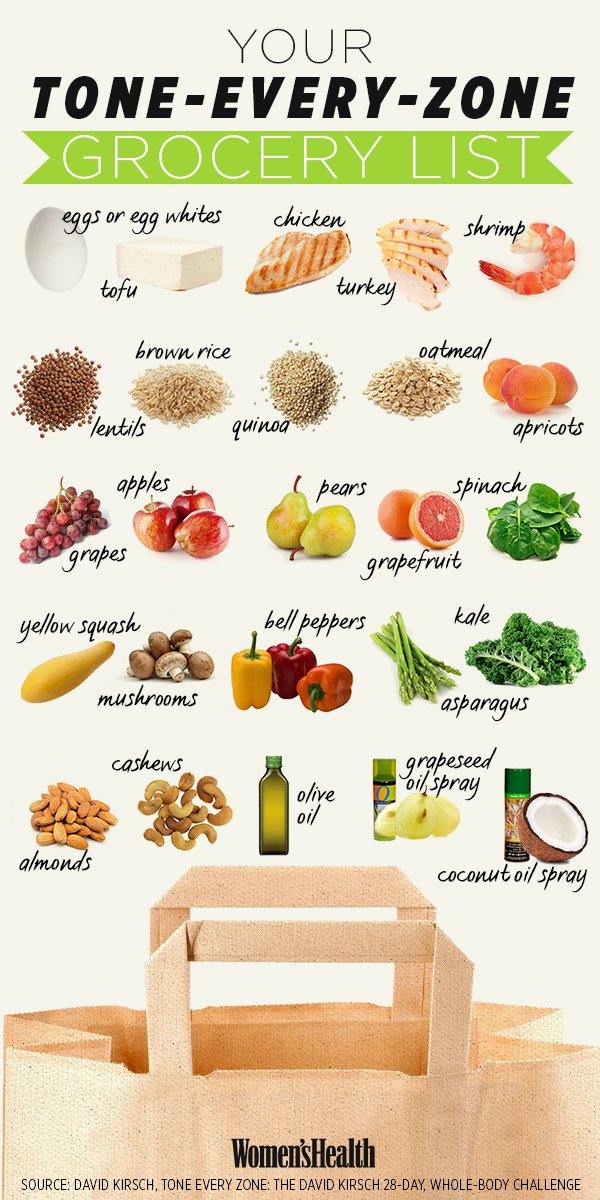Pros and cons of juicing

The lowdown on fresh juices
Juicing is popular because it's quick and easy, and you get in a ton of healthy nutrients you need every day â in a single glass.
But how good is it really for you?
Even though you're getting in these extra nutrients, Manuel Villacorta, MS, RD, CSSD, and a spokesperson for the Academy of Nutrition and Dietetics, explains that you shouldn't count on juicing as your only source of daily fruits and vegetables.
Along with juicing, he recommends eating two whole fruits and three to four vegetables each day.
Why juicing alone isn't enough
When you juice your fruits and veggies, you're removing the pulp and other parts that contain fibre, and a lot of nutrients and vitamins.
Tip: Jennifer Barr, a Wilmington dietitian, recommends adding some of the pulp back into your juice or using it in other recipes. For example, you could use it in a batch of muffins.
Watch your calories
It might seem healthy, but by adding too many pieces of fruit that are high in sugar, you could be consuming unnecessary extra calories.
Tip: The bulk of your juice should contain healthy low-calorie green veggies, such as cucumber, kale, spinach, celery, and green pepper. You can add a small piece of pineapple, an apple or kiwi for some flavour. You can also add healthy protein to your juice by blending in almond milk or flaxseed.
The bottom line
Juicing is a fantastic â and fun â way to get in additional vitamins and nutrients from fruits and veggies during your day. Just make sure to keep it balanced by eating a few servings of fresh whole produce as well.
If you enjoyed this article, we recommend reading: 3 Tasty ways to enjoy your greens
For more weight loss tips, click here and make sure you subscribe to our Weight Loss Tips newsletter to get more smart and simple weight loss tips delivered to your inbox!
-
Five Ways to Make Your New Year’s Resolutions Stick
If packed gyms on January 1 are any indication, everyone starts off th
-
Use reminders to get slim
-
Crazy celeb diet tricks: Ear stapling
-
Fashionable Nutrition Myths: Weight loss works differently for women & men
-
Lose weight by rearranging your refrigerator
-
Tighten your waistline with a tight schedule
- DON'T MISS
- How to Lose Belly Fat at Any Age
- 16 Kinds of Lean Protein that Can Help You Lose Weight
- How Losing Weight Changes in Your 20s, 30s, and 40s
- Does bread really contain sugar?
- Dont let anyone dissuade your weight loss plans
- Why weight loss apps and social networks work
- Best Weight Loss Centers/Clinics In Bangalore – Our Top 10 Picks
- 14 Ways Trying to Lose Weight is Like Dating
- Know your nutrients: Which fats are good for you?
- Follow the right fat loss strategies




